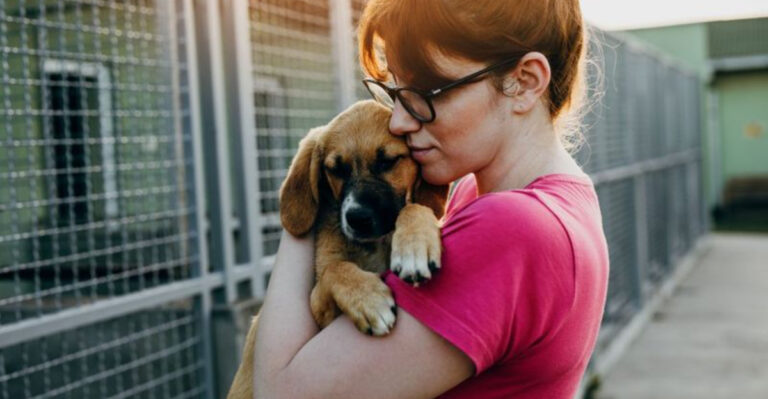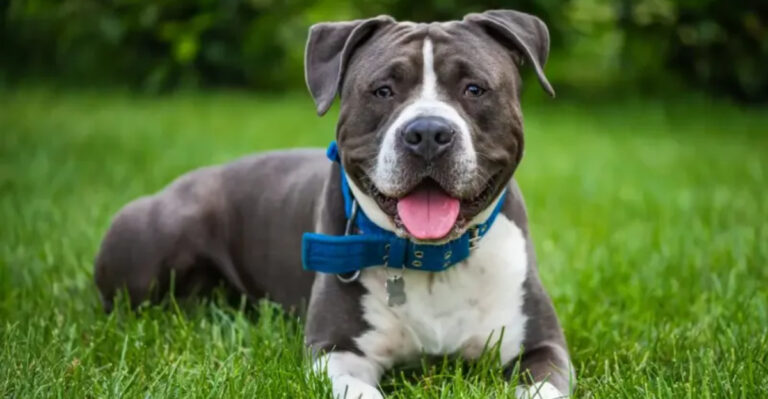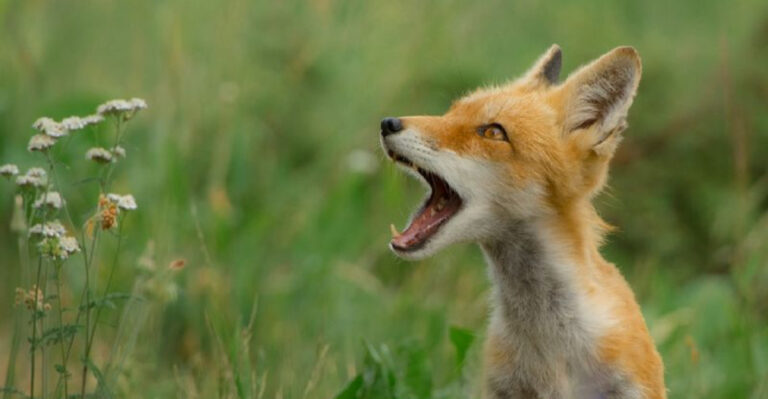15 Smart Strategies For Raising A Well-Behaved Blue Heeler Puppy
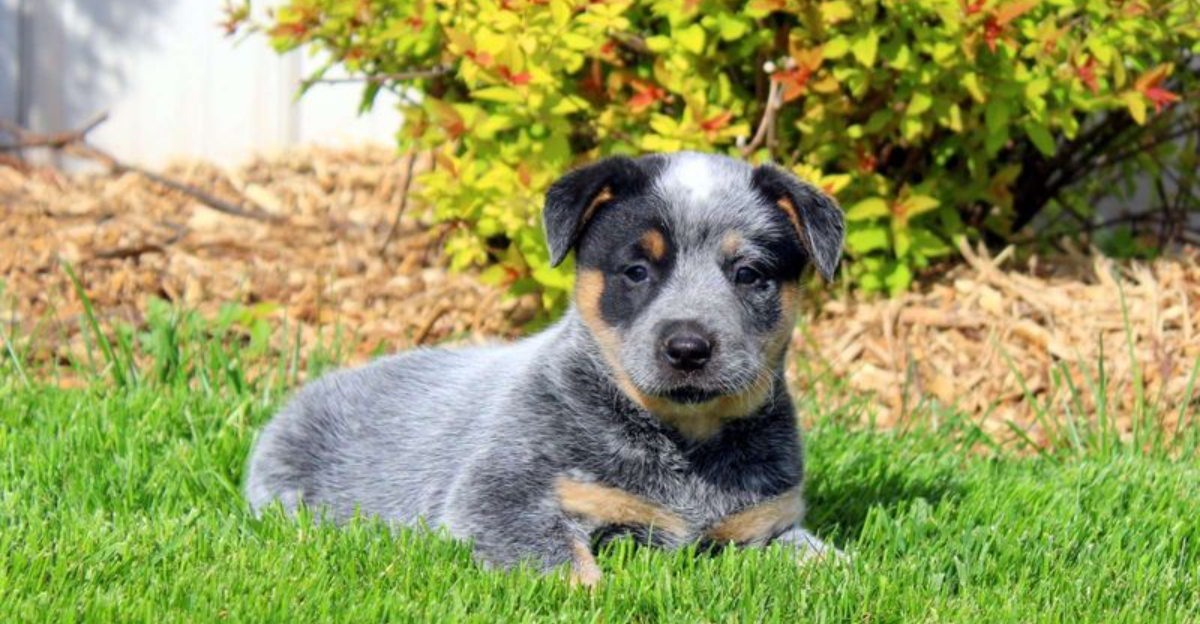
Ever met a Blue Heeler puppy that’s both a bundle of energy and scary smart? These Australian Cattle Dogs are working breeds with intelligence that’ll blow your mind!
Without proper guidance, their herding instincts and boundless energy can lead to challenging behaviors. Let’s explore fifteen effective strategies to raise your Blue Heeler puppy into a well-mannered family companion.
1. Start Socializing Early
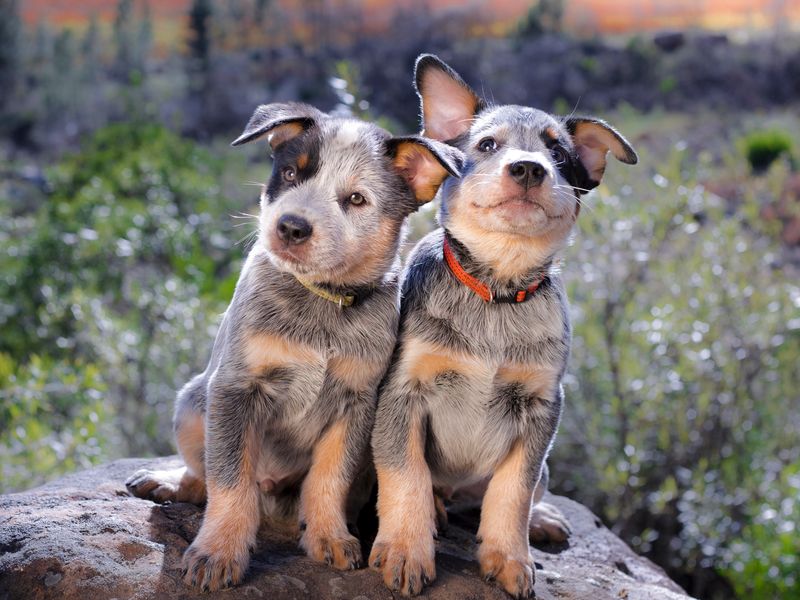
Puppyhood is prime time for meeting new faces! Your Blue Heeler’s brain is like a sponge before 16 weeks of age.
Introduce your pup to different people, friendly dogs, and various environments to prevent fear-based behaviors later. Remember to keep experiences positive and never force interactions if your puppy seems uncomfortable.
2. Establish A Consistent Routine
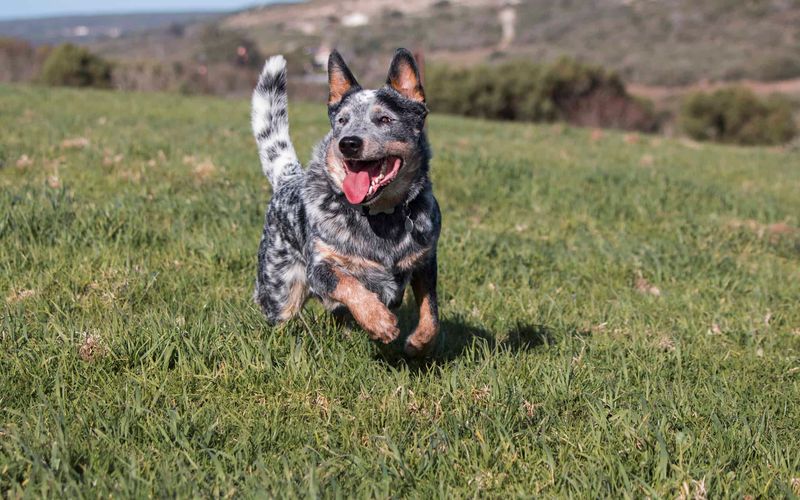
Cattle dogs thrive on knowing what comes next! Creating a predictable schedule reduces anxiety and builds confidence in your furry friend.
Set regular times for meals, potty breaks, training sessions, and playtime. When your Blue Heeler can anticipate daily events, they’re less likely to develop stress-related behaviors like excessive barking or chewing.
3. Provide Mental Stimulation
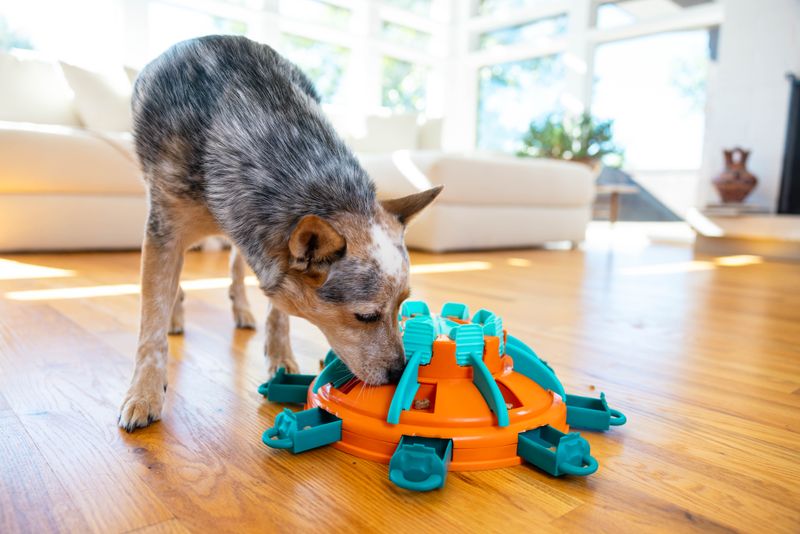
Got a bored Blue Heeler? Prepare for trouble! These intelligent pups need brain games as much as physical exercise.
Puzzle toys, treat-dispensing balls, and training games keep their active minds engaged. A mentally tired Heeler is usually a well-behaved one, so aim for at least 20-30 minutes of brain work daily alongside physical activity.
4. Use Positive Reinforcement Training
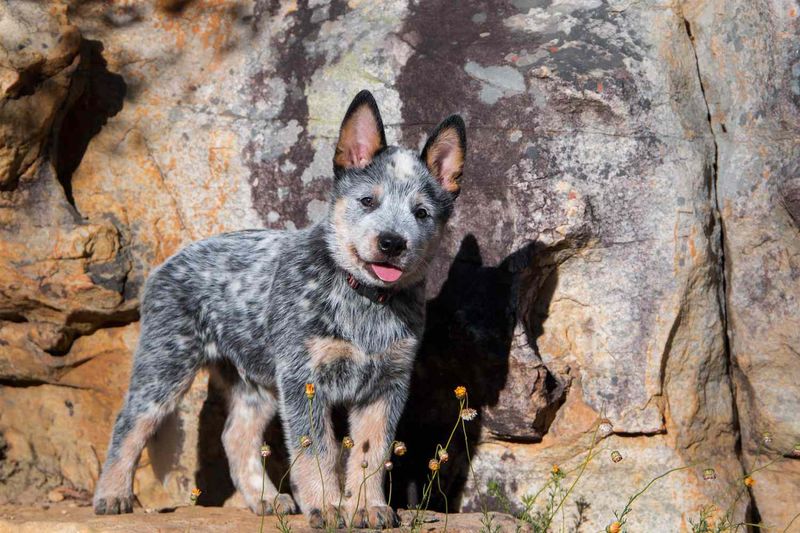
Forget the old-school punishment tactics! Blue Heelers respond beautifully to rewards-based training methods.
Catch your pup doing something right and immediately mark the behavior with a clicker or word like “yes,” followed by a treat or praise. This approach builds trust while teaching your clever cattle dog which behaviors earn rewards.
5. Channel Herding Instincts Appropriately
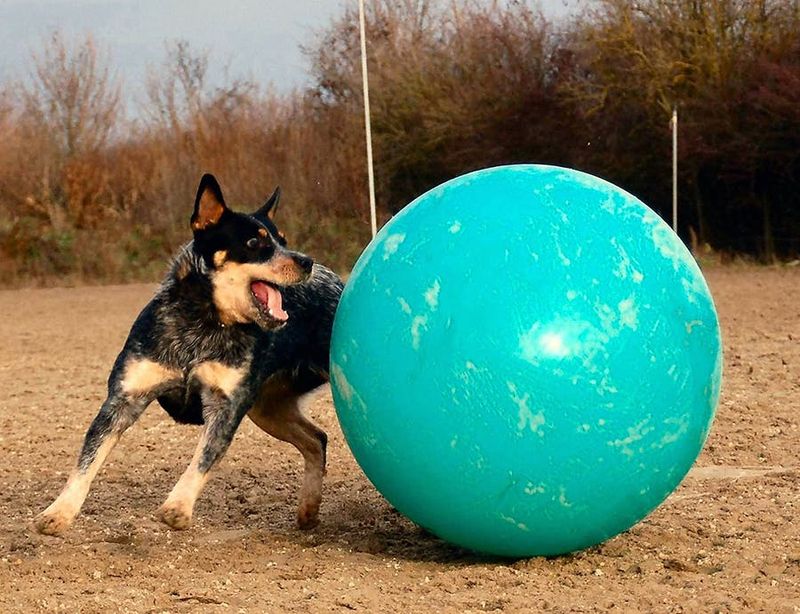
Those ankle-nipping habits aren’t your pup being naughty – it’s generations of herding instinct at work!
Redirect natural herding behaviors toward appropriate outlets like herding balls or agility training. Teaching a solid “leave it” command helps when those instincts kick in at the wrong time, like when your pup tries to herd small children.
6. Make Exercise Non-Negotiable
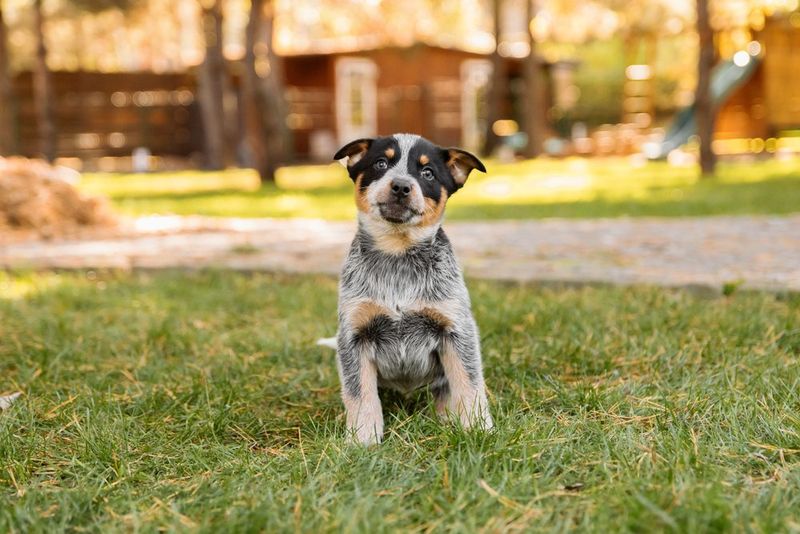
Couch potatoes and Blue Heelers don’t mix! These working dogs need serious physical activity to stay balanced and behaved.
Plan for at least 30-60 minutes of vigorous exercise daily, even as puppies (adjusting for their developing bodies). Long walks, fetch games, and structured play sessions help burn off that famous Heeler energy before it turns into destructive behavior.
7. Practice Gentle Touch Tolerance
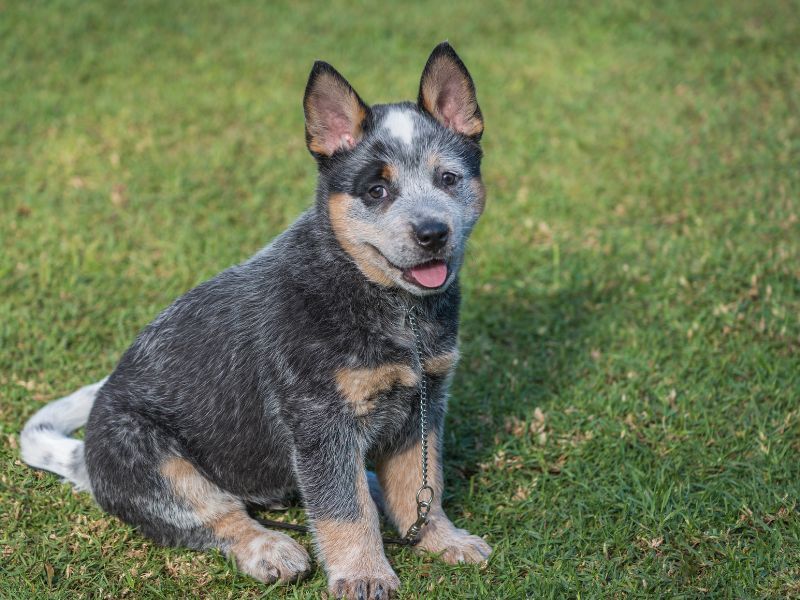
Handling sensitivity starts young! Get your Blue Heeler comfortable with all sorts of touching from day one.
Regularly touch paws, ears, mouth, and tail while giving treats. This helps prevent defensive reactions during grooming or vet visits later. Make it a positive experience by pairing gentle handling with praise and rewards.
8. Teach Bite Inhibition

Those razor-sharp puppy teeth need training! Blue Heelers naturally use their mouths to interact with the world.
When play-biting gets too rough, make a high-pitched yelp and briefly stop playing. This mimics how puppies learn from littermates. Consistently rewarding gentle mouthing while discouraging hard bites teaches your pup appropriate pressure control.
9. Master The Art Of Calm
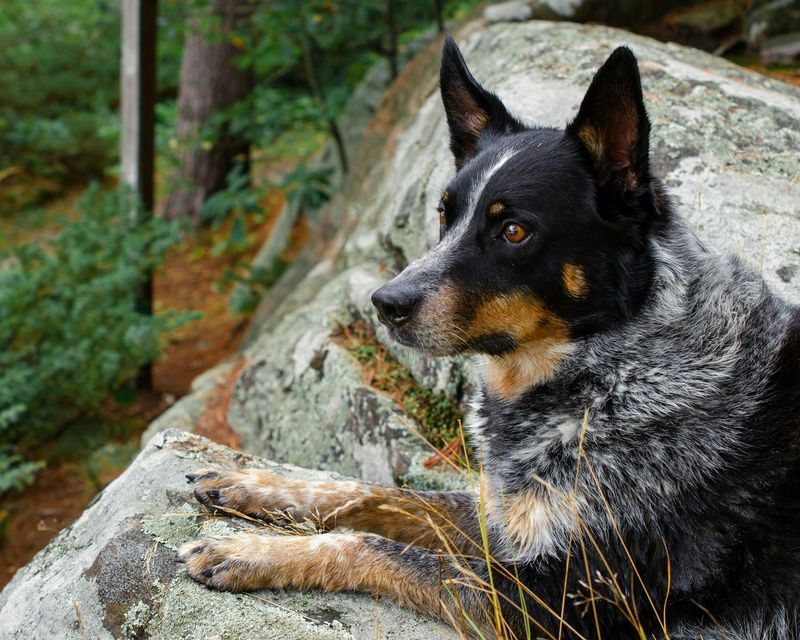
Hyper puppies become hyper adults without calm training! Teaching your Blue Heeler to settle down is as important as active training.
Practice “place” or “mat” commands where your puppy learns to relax on a designated spot. Reward quiet, calm behavior throughout the day, not just the zooming and playing. This balance helps develop an “off switch” in your energetic herding dog.
10. Socialize With Other Dogs
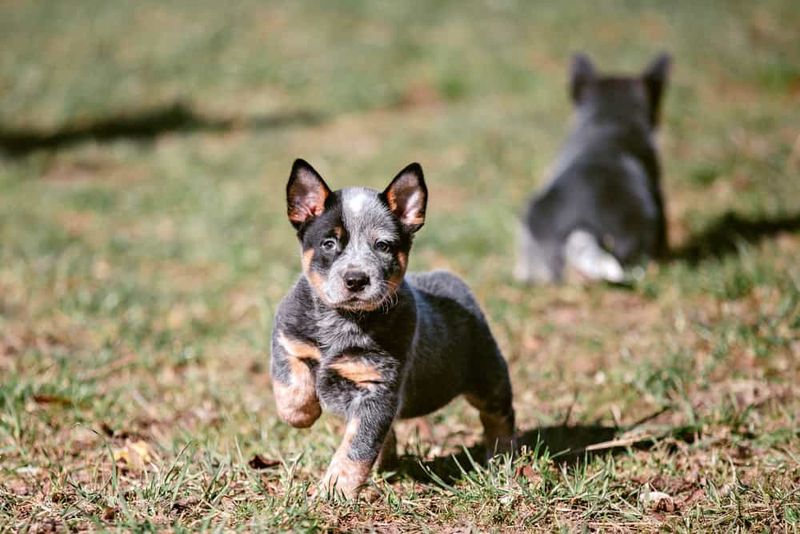
Blue Heelers can develop bossy attitudes without proper dog socialization! Arrange playdates with well-mannered adult dogs who can teach your puppy appropriate canine etiquette.
Supervised puppy classes offer controlled environments for learning dog language. Watch for your pup’s unique play style – many Heelers prefer chasing games over wrestling and need playmates with compatible styles.
11. Establish Clear Boundaries
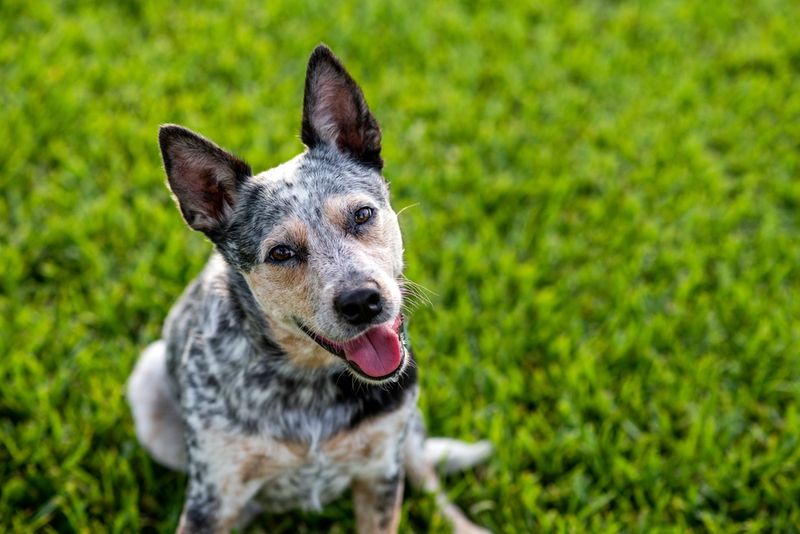
Smart doesn’t mean they should rule the roost! Blue Heelers test limits to understand their place in your family pack.
Decide early on what’s allowed (like which furniture they can access) and stick to it consistently. All family members should enforce the same rules to prevent confusion. Clear boundaries actually make these intelligent dogs feel more secure, not less happy.
12. Crate Train Properly
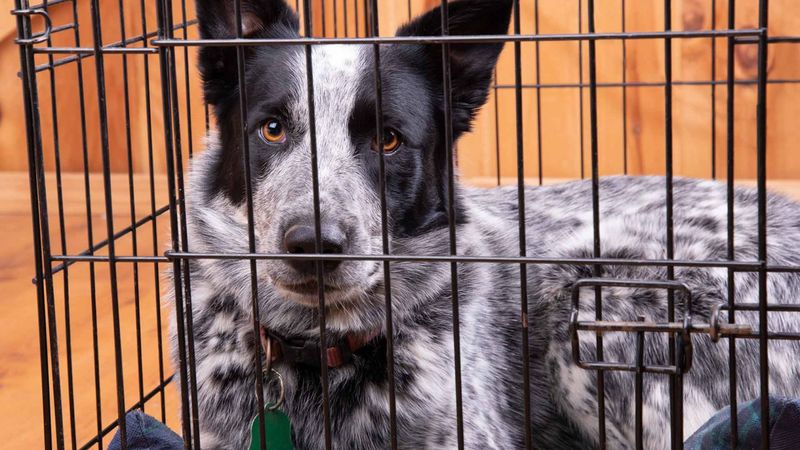
A crate isn’t punishment – it’s your pup’s personal den! Introduce the crate gradually with treats, meals, and cozy bedding.
Start with short periods while you’re home before building to longer stretches. A properly crate-trained Blue Heeler gains a safe space for rest and helps tremendously with housebreaking. Never use the crate as punishment or for extended confinement.
13. Focus On Recall Training
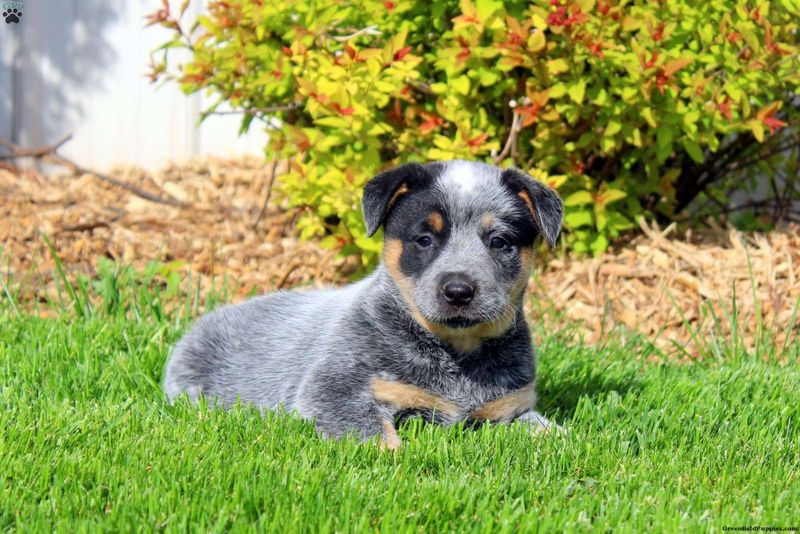
Nothing beats a rock-solid “come” command for safety and freedom! Start recall training in distraction-free environments with high-value rewards.
Practice daily in increasingly challenging situations. A reliable recall allows your Blue Heeler more off-leash opportunities while keeping them safe. Make coming when called the most rewarding thing your puppy can do!
14. Be Consistent With Commands
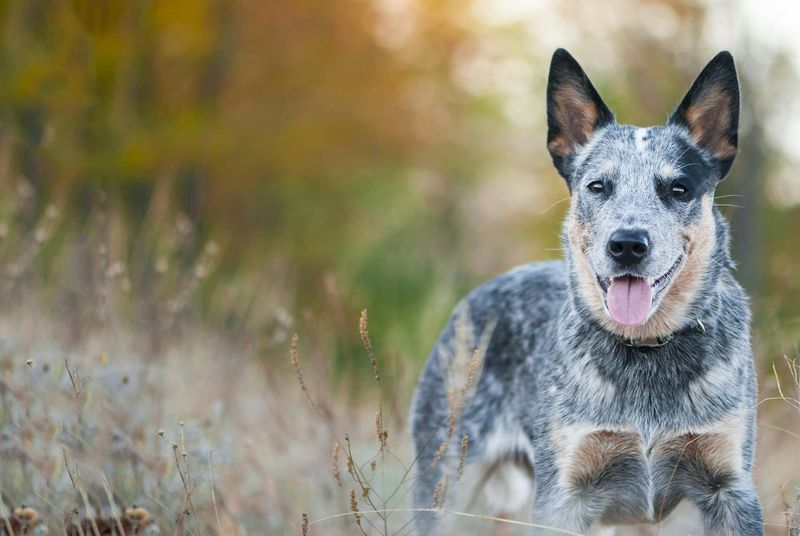
Mixed signals confuse even the smartest dogs! Choose simple, distinct words for each behavior you want to teach.
Use the same commands consistently and ensure all family members use identical language. Blue Heelers thrive on clarity – if “down” means lie down, don’t also use it for “get off the furniture.” Their remarkable memory makes them quick learners when communication is consistent.
15. Practice Patience And Persistence
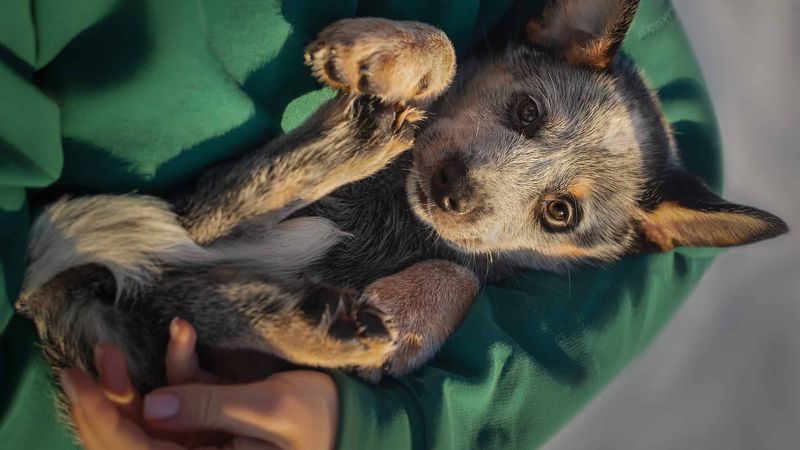
Raising a well-behaved Blue Heeler is a marathon, not a sprint! These dogs mature more slowly than some breeds, reaching full mental adulthood around 2-3 years.
Celebrate small victories and understand that setbacks are normal in the training journey. Your consistent leadership paired with positive reinforcement will eventually shape your energetic puppy into the remarkable companion Blue Heelers are known to become.




